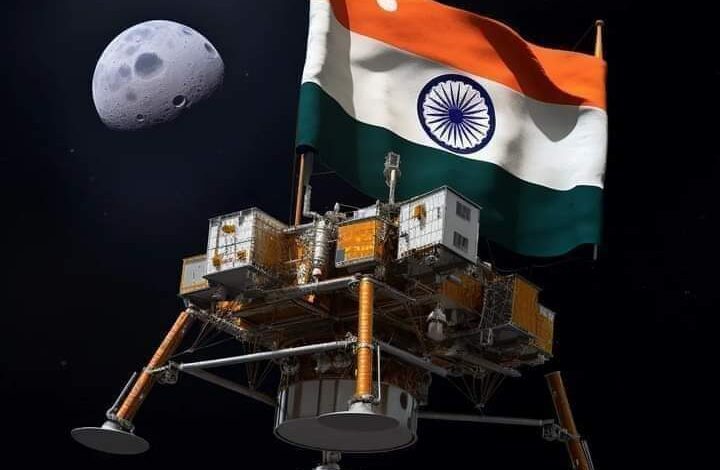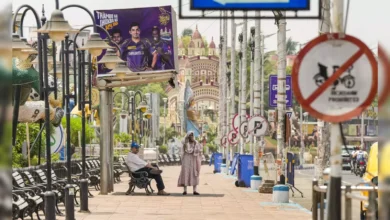
In a major boost for India’s space programme, Chandrayaan-3 successfully landed today, making it the first spacecraft to complete a soft landing on the Lunar South Pole after it was launched on the 14th of July. This landing makes India the first country to ever land on the dark side of the Moon and the fourth country to land its craft on the Moon. This achievement triggered celebrations at the Indian Space Research Organisation headquarters in Bengaluru, where the space agency’s staff were joined by the media and other witnesses to celebrate this historic event.
PM Modi’s address:
Following the landing, Indian Prime Minister, Narendra Modi also addressed the scientists of ISRO on the successful landing. “Humne dharti par sankalp kiya aur chand pe usse sakaar kiya…India is now on the Moon”, the prime minister said, while congratulating the ISRO scientists for the feat.
“This moment is precious and unprecedented. This moment is the strength of 1.4 billion heartbeats. This is success’s “amrit varsha” in this phase of “amrit kaal”. Our scientist also said India is on the moon. We became witness to India’s flight in space. I am in South Africa for BRICS but my heart is in India. In spirit, I am with my countrymen. I want to congratulate Team Chandrayaan and ISRO and the countrymen,” PM said. “India is continuously proving that sky is not the limit,” he added.
Significance of the Lunar South Pole:
The Lunar South Pole is also called the dark side of the Moon for the reason that the side of the moon is never visible from the Earth’s view. The dark side of the Moon is also called so because of the fact that there is no sunlight on that side which causes the temperature to be as low as -230 degree Celsius. Another significance of the dark side of the moon is that due to the cold temperature, there is a good chance for the presence of water and other materials in the craters on the surface of the Moon.
Chandrayaan-3
The Chandrayaan-3 mission was launched on July 14 on board Launch Vehicle Mark-III (LVM-3) rocket, for a 41-day voyage to reach near the lunar south pole. The lander and the six-wheeled rover (with total mass of 1,752 kg) are designed to operate for one lunar daylight period (about 14 Earth days). The lander with four legs, had multiple sensors to ensure a safe touchdown, including an accelerometer, altimeters, Doppler velocimeter, inclinometer, touchdown sensor, and a suite of cameras for hazard avoidance and positional knowledge. This mission comes after an unsuccessful attempt to land four years back in 2019 by Chandrayaan-2 : https://www.thetatva.in/india/chandrayaan-3-successfully-soft-lands-on-the-lunar-south-pole/15798/



